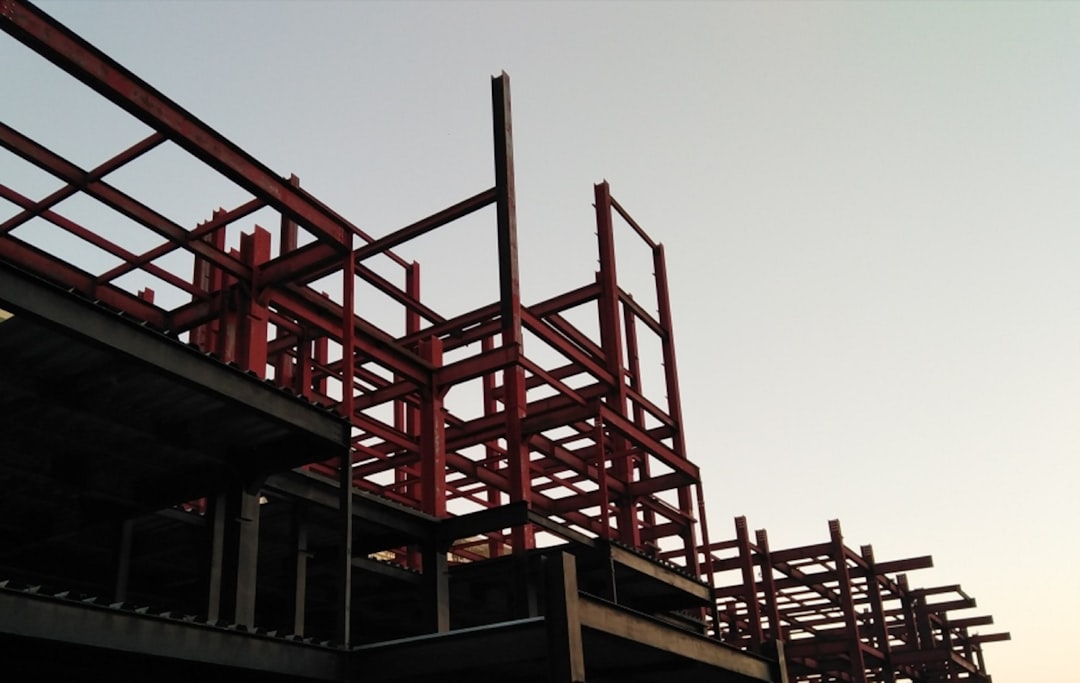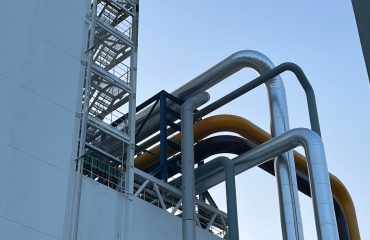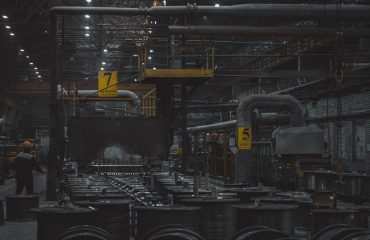From towering skyscrapers to modest residential buildings, scaffolding is an indispensable element in modern construction. But what often goes unnoticed is the backbone of this temporary structure: the scaffolding pipes. These seemingly simple steel tubes are the unsung heroes, providing the strength, stability, and versatility needed to safely erect and maintain working platforms at heights. This comprehensive guide delves into the world of scaffolding pipes, exploring their crucial role in construction projects.
Types of Scaffolding Pipes and Their Properties
Scaffolding pipes are predominantly made from high-strength steel, chosen for its durability, resistance to bending and compression, and ability to withstand significant loads. Several types of scaffolding pipes exist, each with unique properties:
- Standard Scaffolding Pipes: These are the most common type, typically made from mild steel and galvanized for corrosion resistance. They come in various diameters and lengths, adhering to specific industry standards for wall thickness and strength.
- Alloy Steel Scaffolding Pipes: For projects requiring extra strength and durability, alloy steel pipes offer superior resistance to wear and tear. They are often used in challenging environments or for exceptionally tall structures.
- Aluminum Scaffolding Pipes: Lighter than steel, aluminum pipes are advantageous when weight is a major concern. However, they are generally less strong and more susceptible to damage, limiting their applications.
- Galvanized vs. Black Pipes: Galvanization provides a protective zinc coating, significantly increasing the lifespan of the pipes by resisting rust and corrosion. Black pipes, while less expensive, require more frequent maintenance and have a shorter operational life.
The choice of pipe type depends on factors like project scale, environmental conditions, budget, and safety requirements. Compliance with relevant building codes and industry standards is paramount.
Applications of Scaffolding Pipes in Diverse Construction Scenarios
The versatility of scaffolding pipes extends to a wide range of construction applications. Their use is not limited to simple scaffolding structures; they are integral components in various temporary and semi-permanent setups:
- Building Facades: Scaffolding pipes form the framework for platforms used by workers accessing building exteriors for tasks like painting, cleaning, repairs, and installations.
- Interior Construction: Scaffolding provides access to high ceilings and hard-to-reach areas within buildings, facilitating tasks such as electrical wiring, plumbing, and drywall installation.
- Bridge Construction: Large-scale projects like bridge construction rely heavily on scaffolding pipes to create robust and stable platforms for workers and equipment.
- Industrial Maintenance: Scaffolding is crucial for maintenance and repairs in industrial settings, offering safe access to equipment and structures at significant heights.
- Event Staging: Beyond construction, scaffolding pipes are utilized in creating temporary stages and platforms for events, concerts, and exhibitions.
The adaptability of these pipes allows for customized scaffolding designs tailored to the specific needs of each project, ensuring optimal safety and efficiency.
Safety Regulations and Best Practices for Scaffolding Pipe Usage
The safe use of scaffolding pipes is paramount to worker well-being and project success. Strict adherence to safety regulations and best practices is non-negotiable:
- Regular Inspections: Thorough inspections should be carried out before, during, and after each use to identify any signs of damage, wear, or corrosion. Damaged pipes must be immediately replaced.
- Proper Erection and Dismantling: Scaffolding should only be erected and dismantled by trained and qualified personnel following established procedures. This ensures stability and prevents accidents.
- Load Capacity: The load capacity of the scaffolding must be carefully calculated to prevent overloading and potential collapse. This involves considering the weight of workers, materials, and equipment.
- Fall Protection: Appropriate fall protection measures, such as guardrails, toe boards, and safety nets, must be implemented to minimize the risk of falls from height.
- Compliance with Standards: All scaffolding construction must comply with relevant national and international safety standards and regulations.
Negligence in safety protocols can lead to serious injuries or fatalities. Prioritizing safety is not just a moral obligation but a legal requirement.
Maintaining and Extending the Lifespan of Scaffolding Pipes
Proper maintenance significantly extends the service life of scaffolding pipes and reduces the need for frequent replacements, leading to cost savings and improved sustainability:
- Regular Cleaning: Pipes should be cleaned regularly to remove dirt, debris, and corrosive substances that can accelerate deterioration.
- Protective Coatings: Applying protective coatings, such as paint or specialized anti-corrosion treatments, can enhance the lifespan of pipes, particularly in harsh environments.
- Storage: Proper storage is crucial to prevent damage during periods of inactivity. Pipes should be stored in a dry, covered area, protected from the elements.
- Damage Repair: Minor damage can often be repaired, but only by qualified personnel. Extensive damage necessitates replacement to ensure safety.
- Regular Inspections: As mentioned earlier, regular inspections are vital for early detection of problems and preventative maintenance.
Implementing a comprehensive maintenance program not only enhances safety but also contributes to the long-term cost-effectiveness of scaffolding operations.
The Future of Scaffolding Pipes and Technological Advancements
The construction industry is constantly evolving, and scaffolding technology is no exception. Advancements in materials science and manufacturing are leading to the development of innovative scaffolding pipe solutions:
- High-Strength Steels: The development of new high-strength steel alloys is leading to lighter, stronger, and more durable scaffolding pipes.
- Composite Materials: Research into composite materials is exploring alternatives to traditional steel, potentially offering lighter weight and increased corrosion resistance.
- Smart Scaffolding Systems: Integration of sensors and technology into scaffolding systems is enabling real-time monitoring of structural integrity and load capacity, enhancing safety and efficiency.
- Modular Scaffolding Systems: Pre-fabricated and modular scaffolding systems are streamlining the erection and dismantling process, reducing labor costs and improving efficiency.
These advancements promise to enhance safety, reduce costs, and improve the sustainability of scaffolding practices in the years to come.
In conclusion, scaffolding pipes are much more than simple steel tubes; they are critical components ensuring the safety and efficiency of countless construction projects. Understanding their types, applications, safety regulations, and maintenance practices is essential for anyone involved in the construction industry.
SEO Tags:
- Scaffolding Pipes
- Construction Scaffolding
- Scaffolding Safety
- Pipe Scaffolding Systems
- Building Construction Safety




